Metallic Construction Materials |
Our group provides services in research and development as well as consultancy services in the field of corrosion protection of metallic structures and devices to customers from industry and research institutions with the goal to prevent corrosion failures and minimize costs incurred by corrosion.
Corrosion is defined as a physicochemical interaction between a metal and its environment that results in changes in the properties of the metal, and which may lead to significant impairment of the function of the metal, the environment, or the technical system, of which these form a part. Thus, it is not only about the loss of functional (mechanical, heat transfer, electrical, aesthetic) properties of metallic constructions or parts – corrosion often leads to release of undesirable corrosion products or metal ions to the environment, which might be of utmost importance in case of e.g. biomaterials in human body or pollution in food and drug production.
Besides uniform corrosion exemplified by atmospheric corrosion of steel and cast iron, there is a number of irregular forms of corrosion degradation: galvanic corrosion at contact of two different metals, pitting and crevice corrosion, intergranular corrosion, exfoliation of aluminium alloys, selective corrosion, stress corrosion cracking, fatigue corrosion, hydrogen embrittlement, tribocorrosion and others. Impact of irregular forms of corrosion is generally more dangerous as constructions or components in an apparently good state can fail unexpectedly.
Corrosion losses can be minimised using a number of well-accepted techniques, such as optimal material selection, corrosion inhibition, electrochemical protection, coating application and construction design modifications. A large part of corrosion problems can be avoided by consistent application of currently available knowledge and corrosion protection methods, in particular in the design, planning, and preparation phases. Further savings are possible when progressive materials and technologies are applied. Our team of corrosion engineers is ready to provide initial courtesy consultations and collaborate in your projects.
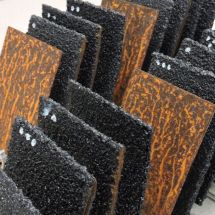 |
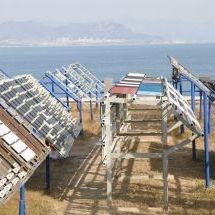 |
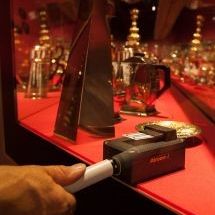 |
|
Our laboratory equipped with modern corrosion chambers for cyclic corrosion testing will help you reduce the negative effects of corrosion. In addition to most standardized tests, we can also propose specific procedures simulating non-traditional environments and applications. |
Exposures at atmospheric field sites We will place your samples at our monitored outdoor weathering sites in Kralupy nad Vltavou (urban site) and in Ostrava-Radvanice (industrial site with the highest air concentration of SO2 in the Czech Republic). We can also arrange exposures at our partner stations in other regions of the Czech Republic, Europe, USA, China and other countries. |
In order to optimize corrosion protection measures, it is necessary to know the actual aggressiveness of the environment. Otherwise, there is a risk the corrosion protection being inadequate or excessive. |
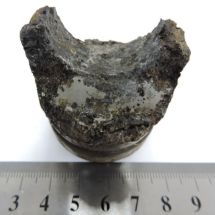 |
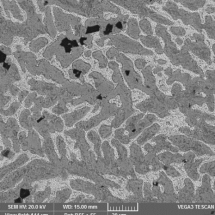 |
| Consultancies and expert activities. Selection of optimal material or construction design, design of a corrosion protection system, expert’s reports on causes of corrosion failures, lifetime estimates. | Research and development in corrosion with a focus on atmospheric corrosion. Development of metallic and organic coatings and duplex coating systems and study of their corrosion mechanisms, stress corrosion cracking, hydrogen embrittlement, protection of metallic objects of cultural heritage, electrochemistry. |
Selected projects
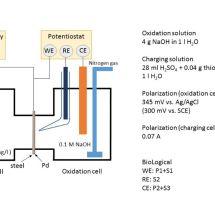 |
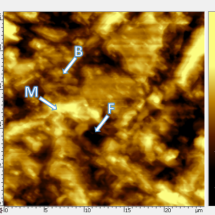 |
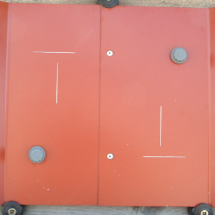 |
| Effect of the microstructure of high strength steels on hydrogen induced corrosion (Grant Agency of the Czech Republic, 2017-2019). Study of the mechanism of hydrogen induced cracking using model materials. | Hydrogen embrittlement of high strength steels (voestalpine Stahl, 2016-2019). The relationship between atmospheric corrosion, the danger of hydrogen entry into the structure of advanced high strength steels and the brittle fracture. | Long-term resistance of pre-painted steel sheets, LongTermCoil (ArcelorMittal, 2017-2022). Study of the representativeness of outdoor exposures of ECCA panels and the mechanism of degradation of duplex coatings for the protection of steel roofing. |
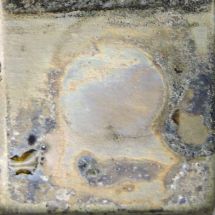 |
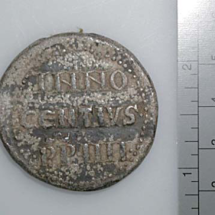 |
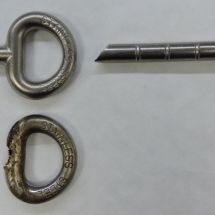 |
|
Development of a filling line for corrosive substances (Fillmatech with a support of OP PIK Programme, 2017-2019) Material selection for highly aggressive environment of concentrated chemicals. |
Methodology of corrosivity classification of indoor environments for lead collection objects (Ministry of Culture, programme NAKI II, 2018–2022). A study of the degradation of lead cultural heritage objects in archives, libraries and museums. |
Classification system for climbing anchors (UIAA - International Climbing and Mountaineering Federation, 2016-2018). Determination of causes of corrosion damage to permanent stainless steel anchors and development of a new classification system. |
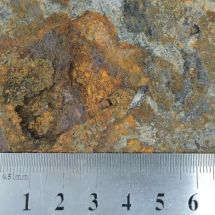 |
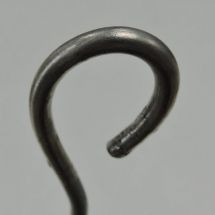 |
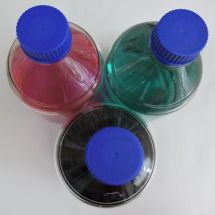 |
| Mechanism of corrosion degradation of oil pipelines (MERO, 2017). Study of the causes of corrosion damage of pipeline inner walls and design of corrective measures. | Development of alloy coatings for the protection of continuously coated wires (Bekaert, 2017). Collaboration on pilot testing of new metal coating systems and study of their microstructure. | Corrosivity of engine coolants (Škoda Auto, 2016-2018). Determination of degradation products of cooling liquids, factors causing their degradation and study of their corrosivity towards parts of cooling circuits. |
Our customers
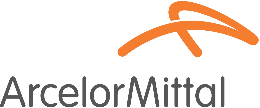 |
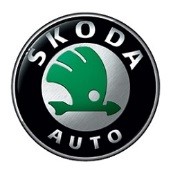 |
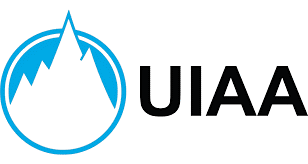 |
||
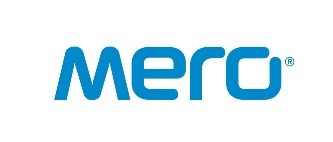 |
 |
|
|
 |
| |
 |
|
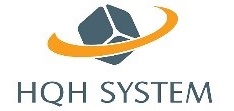 |
|
 |
 |
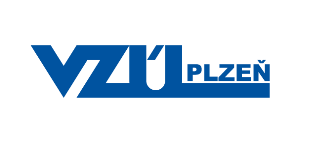 |
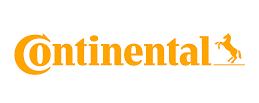 |
 |
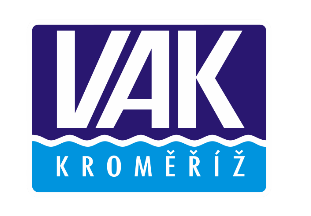 |
 |
 |
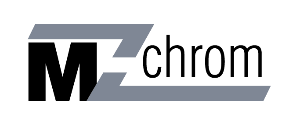 |
|
| |
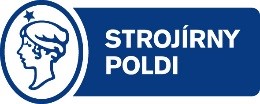 |
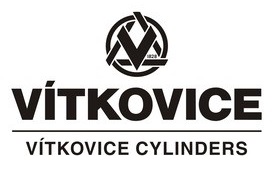 |
 |
|
 |
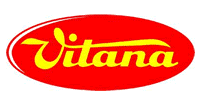 |
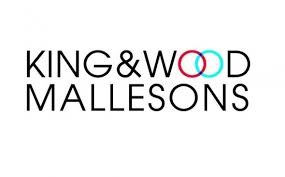 |
|
 |
Key equipment
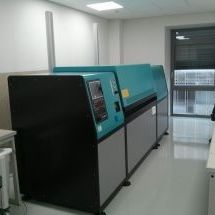 |
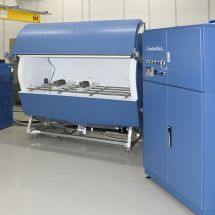 |
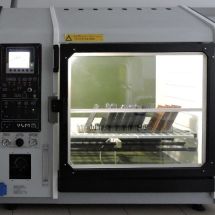 |
| Automatic corrosion chamber VLM ClimaCorr CC 1000 TL with a capacity of 1080 liters for cyclic corrosion tests with temperature range -40 to 80 ° C | ControlArt Type 2 automatic corrosion chamber for cyclic corrosion tests with both spray and rain pollution capabilities. | Chamber VLM CCT 400 FL I for neutral salt spray and condensation tests. |
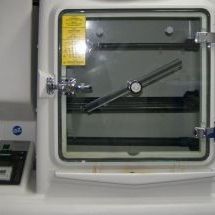 |
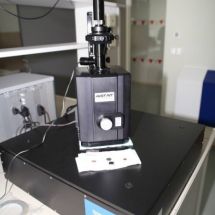 |
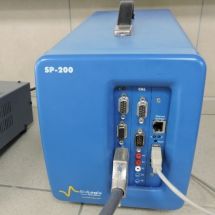 |
| Chamber Liebisch KB 300 for tests in presence of sulphur dioxide (e.g., Kesternisch test). | AIST-NT SmartSPM 1000 atomic force microscope (AFM) AIST-NT SmartSPM 1000 with Kelvin Probe (SKPFM)Atomic force microscope (AFM) AIST-NT SmartSPM 1000 AIST-NT with Kelvin Probe (SKPFM). | Potentiostat Biologic SP-200 for electrochemical measurements including electrochemical impedance spectroscopy. |
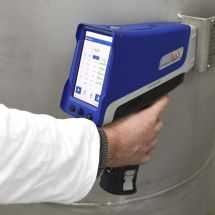 |
||
|
Portable x-ray fluorescence spectrometer (XRF) Olympus Vanta for precise elemental analysis of most metallic materials |
Additional equipment
- Large-volume chamber MATEST C313 with temperature control from -25 to 70 ° C and relative humidity control from 10 to 98%.
- Resistometric sensors and measuring units.
- Optical microscopes and photographic equipment for sample documentation.
- Digital dew point meter OPTIDEW Vision.
- Devices for determining properties of organic coatings: thickness, impact resistance, bending resistance, adhesion (pull-off test), hardness.
- Ion chromatograph.
- Scanning electron microscope with energy dispersion analyzer (SEM-EDX), delivery 2018.
- Portable x-ray fluorescence spectrometer (XRF) Olympus Vanta.
- Analytical instruments.
People
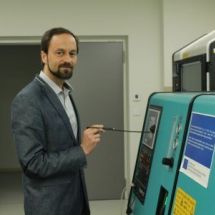 |
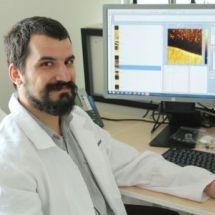 |
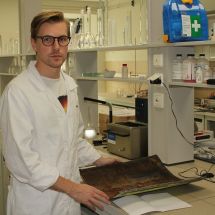 |
|
Dr. Tomáš Prošek metallic and organic coatings, corrosion monitoring |
Dr. Václav Šefl consultancy services |
Jan Švadlena protection of cultural heritage |
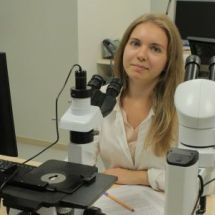 |
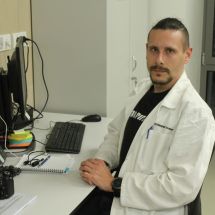 |
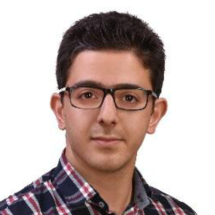 |
|
Researcher high strength steels and hydrogen embrittlement |
Milan Komůrka corrosion testing |
Mehrdad Zia Hoseinpoor starting January 2018 |
Contact
Department of Metallic Construction Materials
Technopark Kralupy of the University of Chemistry and Technology, Prague
kovy@technopark-kralupy.cz
Phone: +420 220 446 104, +420 723 242 413
© 2017 Technopark Kralupy


